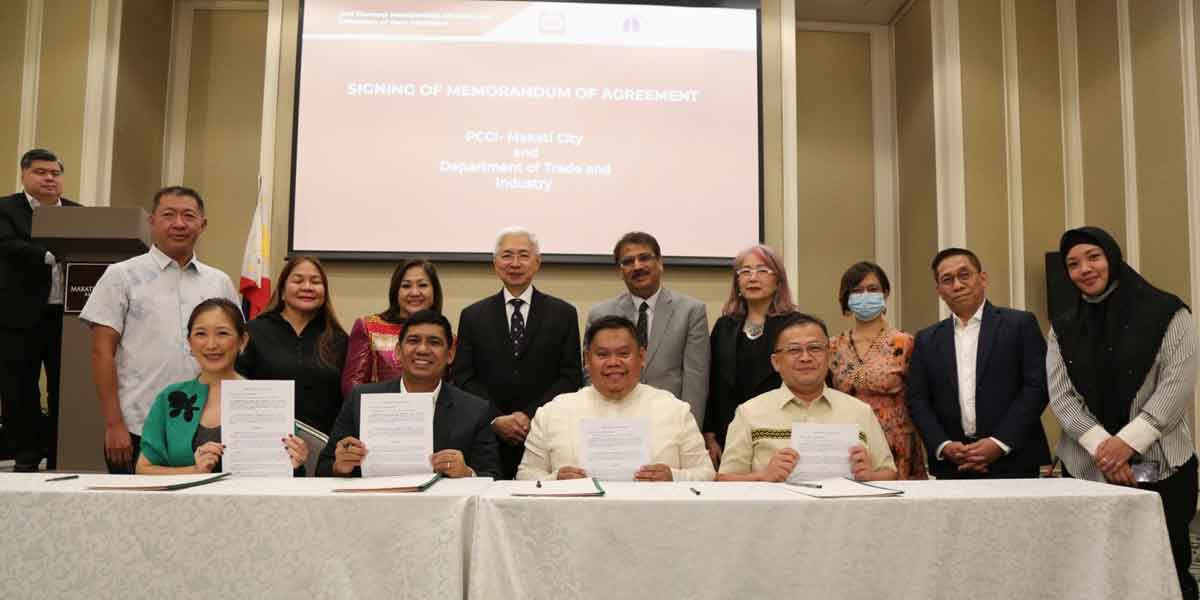
By John Noel E. Herrera
After over three years since the coronavirus disease 2019 (COVID-19) hit the country, the demand for face masks has also increased and from the usual medical and surgical face masks, people also started to use alternative face masks made of fabric.
But the question is, how safe and effective are these alternative face masks?
A health research titled “Ultrastructural and Biophysical Characterization on Commonly-used Alternative Textiles for Hazmat Suits and Facemasks” conducted by Patrick Joseph Jalandoni of the Medical City Iloilo explained the effectivity and safety issues of using alternative face masks, as it now became a vital part of our routine due to the coronavirus disease 2019 (COVID-19) pandemic.
During this year’s Health Research Utilization Forum, Jalandoni presented his research that aimed to determine the suitability and effectivity of textile products being used by the public as alternative face masks.
“Because of wala tayong masks (during the surge of COVID-19), we are also looking for alternative things to use, so things that we were utilizing before were bed sheets, towels, canvas, denim, then we were making masks out of there… And so the question was, were we being protected?” Jalandoni said during his presentation
Twenty fabrics were investigated using a Scanning Electron Microscope to determine the “filtration capacity, and breathability of locally available alternative fabrics used for the production of hazmat suits and face masks.”
The study revealed that a single-layered fabric can only filter as low as 22.4 percent up to as high as 40.57 percent of microparticles, lower compared to 90 to 97 percent when using medical and surgical masks.
“If you look at it, the surgical masks have the capacity of filtering 93 percent of 0.3 micron molecules sized particles, so what we are wearing now, since it is surgical masks, it actually protects us from very small-sized particles pathogens,” Jalandoni said.
“So as you can see, none of the fabrics that we were utilizing can substantially compare to surgical masks as a 0.3 micron molecule can only be filtered to a maximum of around 40 percent, so pag fabric ang gagamitin natin, we are only protected around four out of 10 instances,” he added.
Jalandoni also noted that he understood why people nowadays want to use alternative face masks, as the medical masks “provide pollution to mother Earth and the alternatives can reduce waste or its utilization.”
Jalandoni also emphasized that while alternative masks can “somehow” protect individuals, it is important to “make sure that when we choose a fabric, we need to balance it out with breathability.”
“Kasi kapag gagawa tayo at gagamit tayo ng masks and it is filtering, but you cannot breath through it, mamamatay rin naman tayo. So, balancing filtration capacity versus that of the breathability (is need),” Jalandoni said.
The study also implied that while society struggles with medical and other waste like disposable masks, and is trying to replace them with other alternatives, it is still the safest to use medical masks.
Jalandoni also revealed that they are currently doing a second tier of the study which is “looking into how many times will you wash the fabric before it loses its filtration capacity or the percentage of the decrease every wash” while the third tier will be knowing “if detergents have effect in the decrease in the filtration capacity.”
“Health Research Utilization transcends the dissemination of knowledge in research forums as it is concerned with the emphasis on the impact and implications of research on society and on the lives of people. Scientific knowledge, thus, must be translated and move further for it to be applicable and addressed health inequities in the region,” Western Visayas Health Research and Development Consortium (WVHRDC) said.
Department of Science and Technology (DOST)-6 Regional Director Rowen G. Gelonga also emphasized that research should not just be presented but applied as “sometimes it is unfortunate that we seem to focus only on research and development activities and creation of new knowledge.”
“As researchers, we sometimes fail to internalize the reason why we are creating knowledge. Sometimes we do not put to heart that science is intended to benefit the people, that is why these knowledge, technologies and innovations should be utilized in order to address public welfare and enhance economic development,” he added.



















